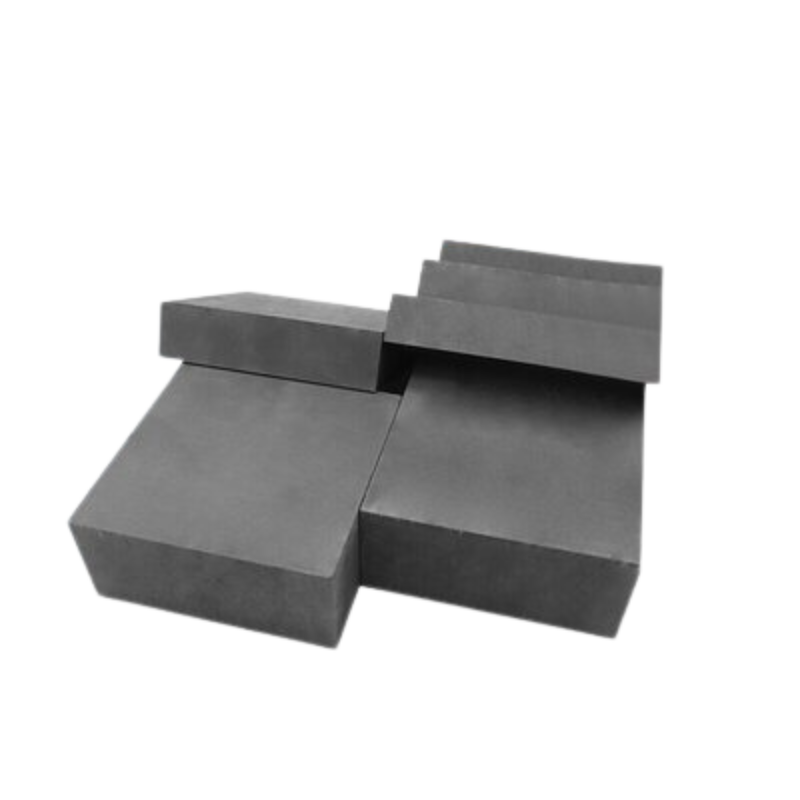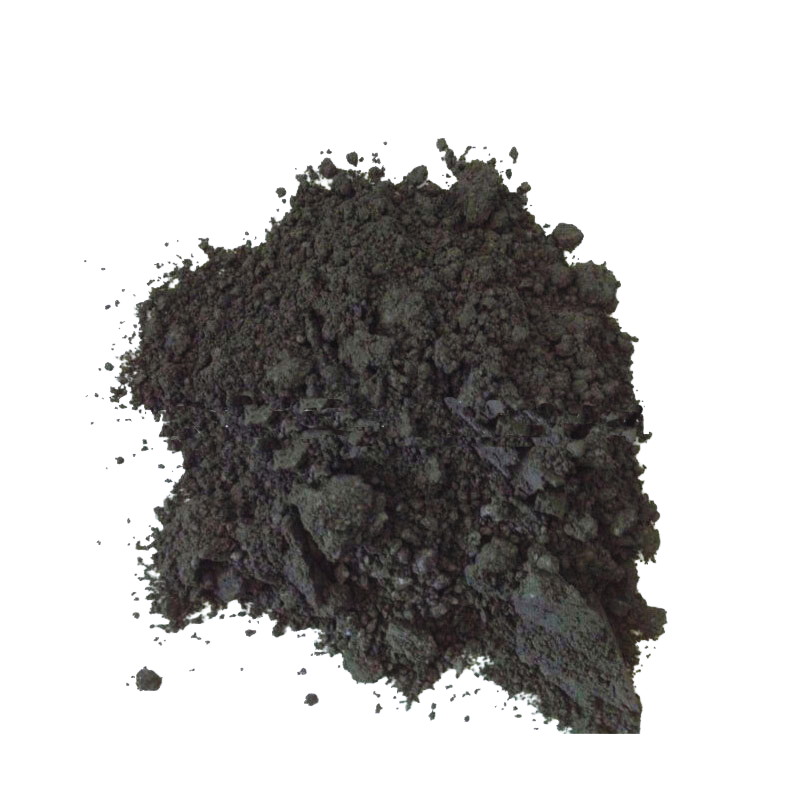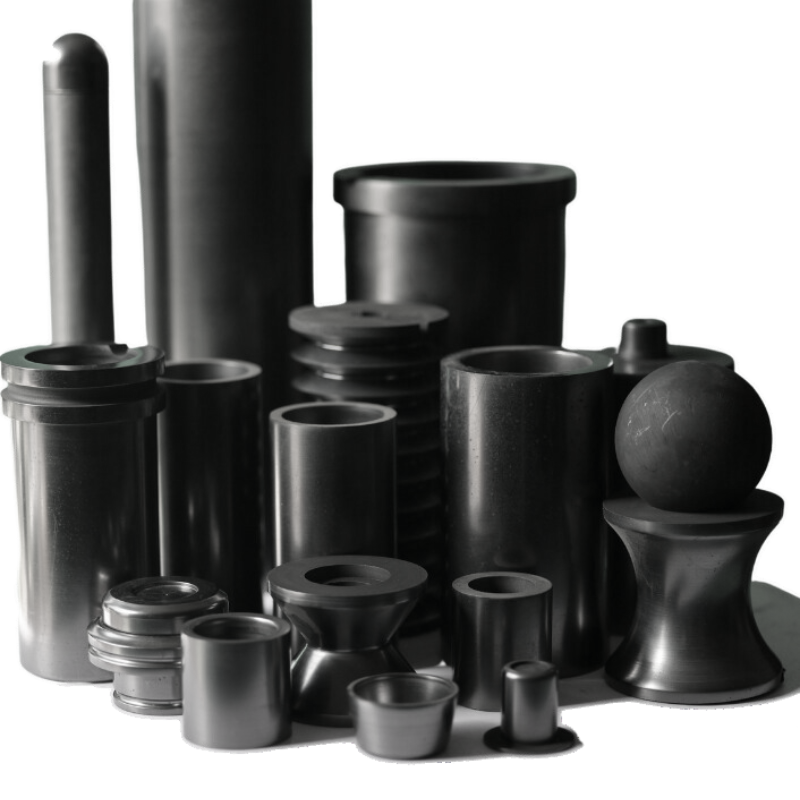Tools are a critical factor in the machining process of graphite products. The choice of tool materials, the shape and grinding angle of the tools, and the selected cutting parameters significantly affect machining quality and production efficiency. Tools are generally classified into standard tools and non-standard tools. Standard tools are produced by tool and gauge factories in the machinery industry, such as general turning tools and integral forming milling cutters. Non-standard tools are typically designed and manufactured by the user, such as turning tools or milling cutters with brazed carbide tips.
Essential Properties of Tool Cutting Parts (Tool Heads)
The materials used for the cutting part of the tool (tool head) must possess three fundamental properties:
1.Cold Hardness: Hardness at room temperature, also known as wear resistance.
2.Red Hardness: The ability to maintain the necessary hardness for cutting at the high temperatures generated during cutting.
3.Toughness: The ability to withstand vibration or impact without being damaged.
Tools Commonly Used for Processing Graphite Products
High-Speed Steel (HSS) Tools
High-speed steel is a type of alloy steel containing certain amounts of tungsten, chromium, and small amounts of vanadium (e.g., W18Cr4V alloy steel). High-speed steel tools are relatively inexpensive and easy to grind. Besides general turning tools for surface cutting, integral forming milling cutters for thread machining can also be made from high-speed steel. HSS tools have good toughness and can withstand considerable impact. However, their red hardness is not as high as that of carbide tools (approximately 500–600°C), with a hardness of about HRC62–65 after quenching.
Carbide Tools
Carbide is produced by sintering powders of refractory materials such as tungsten carbide, titanium carbide, or cobalt with a binder at high temperatures. Carbide tools can withstand high temperatures and have excellent red hardness, maintaining good cutting performance at around 1000°C, with very good wear resistance. The hardness at room temperature reaches HRA87–92.8. However, carbide is brittle and sensitive to vibration, with lower toughness. This drawback can be mitigated by grinding the tools at reasonable angles. There are many grades of carbide, such as tungsten-cobalt carbide and tungsten-titanium-cobalt carbide. For processing graphite products, the grade YG8 tungsten-cobalt carbide is primarily used, containing 92% tungsten carbide and 8% cobalt.
Summary of Common Carbide Grades, Composition, and Properties
The table below summarizes the common carbide grades, their compositions, and properties:
| Grade | Composition (%) | Properties |
|---|---|---|
| YG8 | WC 92%, Co 8% | High wear resistance, excellent red hardness, lower toughness |
In conclusion, the appropriate selection of tool materials and the optimization of tool shapes and cutting angles are crucial for improving the quality and efficiency of graphite product machining. High-speed steel and carbide tools each have their advantages, with HSS being more affordable and easier to grind, while carbide offers superior wear resistance and red hardness.





